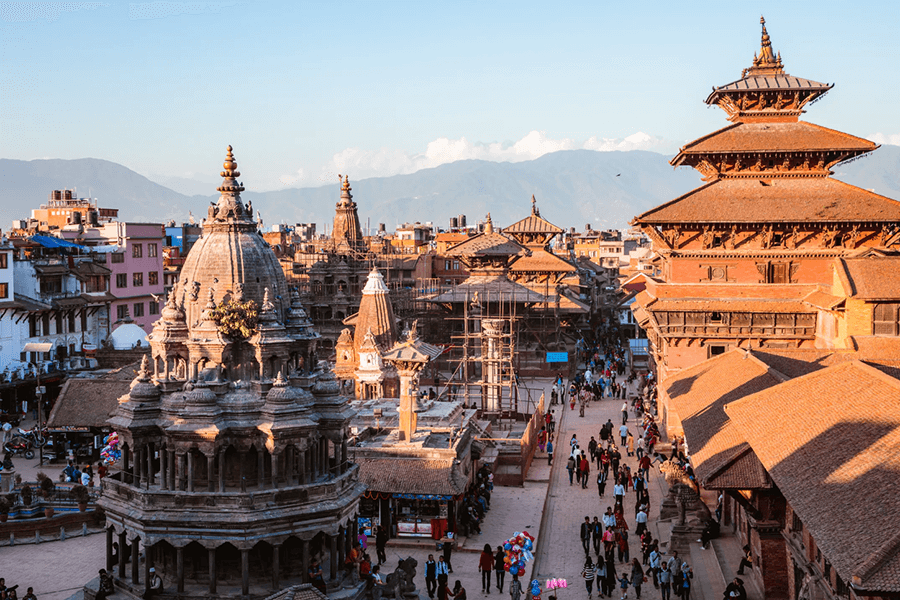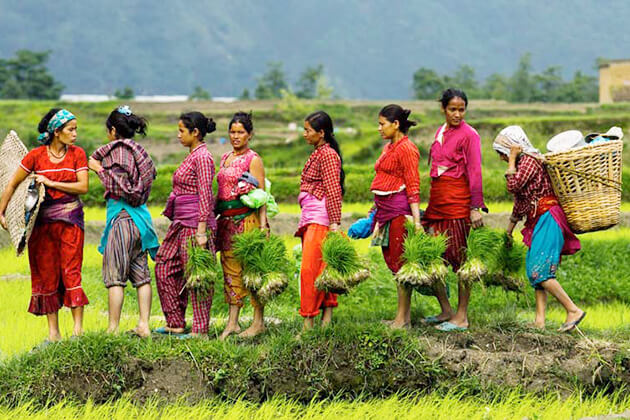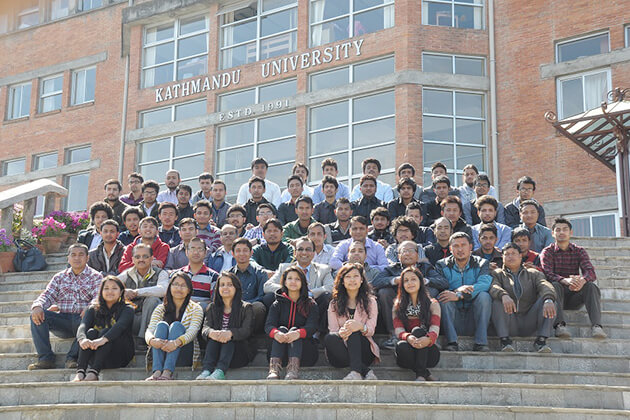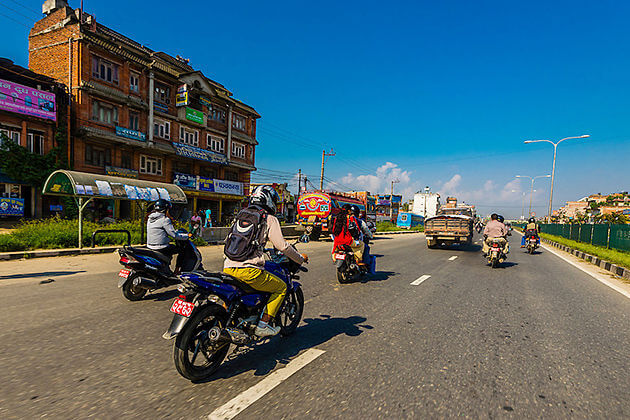Nepal Economy Overview
The economy in Nepal has been intricated and affected by the constant change in the Nepali policy that has transformed from monarchy to be ruled by the Communist party in 2019. Stepping out of the cover of an agricultural country that was isolated until the mid-20th century, Nepal joined the first leg in the modern age in 1951 yet without roads, electric power, hospitals, schools, civil services, telecommunications, and industry. However, since then, the country experienced a sustainable economic growth that the Nepal economy was liberalized to boost economic development and improvement in living standards better than ever before. At that point, the two biggest challenges that the country had to deal with was the constant changes in political leadership along with government corruption. There was a series of 5-year plans that Nepal used to make progress in economic growth and it was successful till the 9th economy development plan in 2002 as the Nepali currency has been made convertible and there was a total of 17 state enterprises have been privatized. More than half of the development budget in Nepal mainly came from foreign aid. The priorities over the years of Nepal officials were about developing the agriculture, industry, transportations, communication facilities. The government administration and rural development efforts have been improved since 1975.
Nepal Economy Sectors
Agriculture in Nepal
Nepal’s agriculture has been a principal economic activity that has employed roughly 65 percent of the population and provided 31.7 percent of GDP. In fact, there is approximately 20 percent of the total land is able to be cultivated, another 40.7 percent is covered by shrubs, pastureland, and forest, and the rest of the area is mountainous. Fruits and vegetables such as pear, apple, peach, potatoes, nectarine, tomato as well as rice and wheat are the main food crops. The lowland Terai region is the area that produces an agricultural surplus and a part of which is supplied to the food-deficient hill areas.
Foreign Investment and Taxation in Nepal
Nepal gets the huge numbers of Small Foreign Investments via the Non-Resident Nepali investing in plazas, shopping malls, real estate, tourism, and so on. Hydroelectricity in Nepal has a huge capacity; hence, there are a number of foreign companies are in line to invest. However, due to the political instability, that process has been stopped. Since 2000, Nepal has gotten into agreements with 10 other countries for the avoidance of double taxation and similarly, the country also has the investment protection agreements with 5 countries since 1983. By setting a minimum limit for foreign grants and loans from its development partners, in 2014, Nepal limited Foreign aid.
Import and Export in Nepal
Since 200 with the development of the carpet and garment industries, Nepal’s economy in the field of merchandise trade, has been somewhat improved. In 2000 – 2001, the fiscal year, export in Nepal greatly increased (14%) compared to import that was only 4.5% leading the trade deficit downed by 4% from the previous years to $749 million. Currently, the largest buyers of Nepal’s ready-made garments, crops is the European Union and the percentage of exporting to the EU from Nepal is 46.13%. From 1996 to 1998, the GDP development was less than 4%; however, in 1999, the growth rate recovered and increased to 6% before there was a slight decrease in 2001 from 6% to 5.5%. Nepal has received substantial economic aid from the UK, the US, Japan, Germany, the Scandinavian as well as several multilateral organizations like the World Bank, the UN Development Programme, and the Asian Development Bank.
Living Standard in Nepal
Health Care in Nepal
In Nepal, there are both public and private healthcare services falling below international quality. You can find the best healthcare service in the capital city – Kathmandu with several hospitals and private clinics with modern medicines or there will be state health posts that are set up in remote parts of the country; however, in the cases of emergencies, the patients are often delivered to the capital city. Although the fact that healthcare service in Nepal has been improved, some diseases such as tuberculosis, diarrhea, or even leprosy have frequently occurred in rural areas in the country.
Overall, the healthcare service in Nepal has been enhanced yet it, definitely needs some further improvement.
Education in Nepal
Besides the healthcare system, education in Nepal also has been greatly enhanced with the fact that literacy and enrolment rates annually increase and the rates of dropping out between primary and secondary school sharply decrease; however, in fact, still very few students complete their education.
There are 6 universities in Nepal in which Kathmandu University – the private institution offers undergraduate & postgraduate programs in the field of the engineer, science, management, medical science, education, and art; Tribhuvan University – the state institution and also the oldest ones in the country consisting of 85 integral colleges and more than 600 affiliated ones across the nation; Pokhara and Purbanchal was established by the government for a higher chance to access to education; the Nepal Sanskrit University constructed in 1986 to preserve and promote Sanskrit education; and finally, the Agriculture & Forest University – the most recent one that established in 2010 on purpose of promoting education, research, and development of agriculture and forest in rural areas of Nepal.
Transportation in Nepal
As you might know, Nepal is a land-locked country located in the Himalayas, so it is no doubt that transportation is limited there. In northern Nepal, there is a hilly and isolated region while in the valleys in the Midlands and the southern, the transportation is in a better condition with the road and rail that connect to India. According to a study, Nepal has roughly more than 10.000 km of paved road and approximately 7.000 unpaved ones.
In the capital city, very few people choose local or long-distance buses, and taxi for transporting, instead, they get around by bicycle. If you want to find out more about the transport system while indulging in the exciting Nepal tours, click here for further information about transportation in Nepal.
One more thing, if you visit Kathmandu at the weekend, you have to be careful because the traffic will be very chaotic. It is better to opt for an off-beaten-path trip at that time.
Click here for further information about Nepal traffic.
I hope you find this article helpful for your Nepal tour packages ahead. If you are ready to have a vacation to Nepal; however, don’t know who to trust, freely to contact us and see how we work for you and for your trip.




